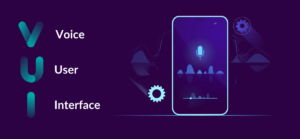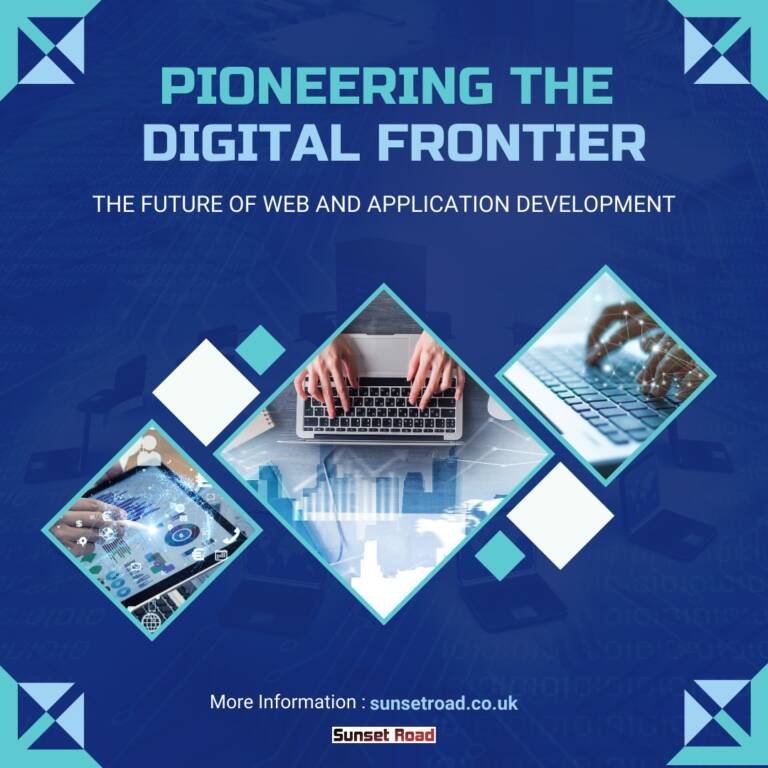Unleashing Cutting-Edge App Design for Business Triumph
In today’s fast-paced digital world, businesses must stay ahead of the curve to remain competitive. One of the most effective ways to achieve this is by embracing cutting-edge developments in web and application design. Modern app design not only enhances user experience but also drives business growth by leveraging the latest technological advancements. This blog explores the most innovative trends in app design, case studies of successful implementations, and key considerations for businesses aiming to develop state-of-the-art applications.
The Importance of Customer Support in Modern Business
Customer support plays a critical role in shaping the perception of your brand. A positive experience can lead to increased customer loyalty, positive word-of-mouth, and higher customer lifetime value. Conversely, poor customer support can result in lost customers, negative reviews, and damage to your brand’s reputation.
Trends Shaping the Future of App Design
1. Artificial Intelligence and Machine Learning Integration 
Artificial Intelligence (AI) and Machine Learning (ML) are revolutionizing app design by enabling personalized user experiences. AI-powered apps can analyze user behavior and preferences to deliver customized content and recommendations. For example, Netflix uses AI to suggest movies and shows based on viewing history, enhancing user engagement and satisfaction.
2. Progressive Web Apps (PWAs)
 Progressive Web Apps (PWAs) represent a transformative approach to digital experiences, seamlessly blending the best elements of web and mobile applications. They offer users a fast, reliable, and engaging interface directly through web browsers, similar to native apps but without the need for installation. Key advantages include offline access capabilities, where users can still interact with content even without an internet connection, and the ability to receive push notifications, enhancing engagement. Companies like Twitter and Pinterest have leveraged PWAs to significantly boost user retention and satisfaction by providing a consistent, high-performance experience across devices. This technology not only simplifies development and maintenance efforts but also expands reach and accessibility, making PWAs a compelling choice for businesses aiming to enhance their online presence and user interaction strategies.
Progressive Web Apps (PWAs) represent a transformative approach to digital experiences, seamlessly blending the best elements of web and mobile applications. They offer users a fast, reliable, and engaging interface directly through web browsers, similar to native apps but without the need for installation. Key advantages include offline access capabilities, where users can still interact with content even without an internet connection, and the ability to receive push notifications, enhancing engagement. Companies like Twitter and Pinterest have leveraged PWAs to significantly boost user retention and satisfaction by providing a consistent, high-performance experience across devices. This technology not only simplifies development and maintenance efforts but also expands reach and accessibility, making PWAs a compelling choice for businesses aiming to enhance their online presence and user interaction strategies.
3. Augmented Reality (AR) and Virtual Reality (VR)
 AR and VR technologies are transforming app design by creating immersive experiences for users. AR enhances the real-world environment by overlaying digital information, while VR creates entirely virtual environments. Businesses in various industries, from retail to real estate, are leveraging AR and VR to offer unique and engaging experiences. For instance, IKEA’s app allows users to visualize furniture in their homes using AR, making the shopping experience more interactive and convenient.
AR and VR technologies are transforming app design by creating immersive experiences for users. AR enhances the real-world environment by overlaying digital information, while VR creates entirely virtual environments. Businesses in various industries, from retail to real estate, are leveraging AR and VR to offer unique and engaging experiences. For instance, IKEA’s app allows users to visualize furniture in their homes using AR, making the shopping experience more interactive and convenient.
4. Cross-Platform Development
 Cross-platform development frameworks, such as Flutter and React Native, enable developers to create apps that run on multiple operating systems with a single codebase. This approach saves time and resources while ensuring a consistent user experience across different devices. Companies like Facebook and Alibaba have adopted cross-platform development to reach a broader audience and streamline their app development processes.
Cross-platform development frameworks, such as Flutter and React Native, enable developers to create apps that run on multiple operating systems with a single codebase. This approach saves time and resources while ensuring a consistent user experience across different devices. Companies like Facebook and Alibaba have adopted cross-platform development to reach a broader audience and streamline their app development processes.
5. Voice User Interface (VUI)
 Voice User Interfaces (VUIs) are becoming increasingly popular as voice-activated devices like smart speakers and virtual assistants gain traction. Integrating VUI into app design allows users to interact with applications through voice commands, providing a hands-free and intuitive experience. For example, the Starbucks app allows users to place orders using voice commands, enhancing convenience and accessibility.
Voice User Interfaces (VUIs) are becoming increasingly popular as voice-activated devices like smart speakers and virtual assistants gain traction. Integrating VUI into app design allows users to interact with applications through voice commands, providing a hands-free and intuitive experience. For example, the Starbucks app allows users to place orders using voice commands, enhancing convenience and accessibility.
6. Advanced Security Features
 As cyber threats continue to evolve, incorporating advanced security features into app design is essential. Features like biometric authentication, end-to-end encryption, and secure data storage protect user information and build trust. Businesses must prioritize security to safeguard sensitive data and maintain a positive reputation.
As cyber threats continue to evolve, incorporating advanced security features into app design is essential. Features like biometric authentication, end-to-end encryption, and secure data storage protect user information and build trust. Businesses must prioritize security to safeguard sensitive data and maintain a positive reputation.
Case Studies: Cutting-Edge App Designs in Ac
1. User-Centric Design
A user-centric design approach is essential for creating apps that meet user needs and expectations. Businesses should conduct thorough user research and usability testing to understand their target audience and design intuitive interfaces that enhance user experience.
2. Scalability and Performance
Scalability and performance are critical factors in app design. Businesses must ensure their apps can handle increasing user loads and deliver fast, reliable performance. Implementing efficient coding practices, optimizing server infrastructure, and using scalable cloud solutions can help achieve these goals.
3. Data Privacy and Security
Data privacy and security should be top priorities in app development. Businesses must comply with data protection regulations and implement robust security measures to protect user information. Regular security audits and updates are essential to address emerging threats and vulnerabilities.
4. Regular Updates and Maintenance
Regular updates and maintenance are crucial for keeping apps relevant and functional. Businesses should continuously monitor app performance, gather user feedback, and release updates to fix bugs, introduce new features, and improve user experience.
Conclusion
Incorporating cutting-edge developments in app design is essential for businesses aiming to stay competitive in the digital landscape. By embracing trends such as AI integration, PWAs, AR/VR, cross-platform development, VUI, and advanced security features, businesses can create innovative and engaging applications that drive growth and customer satisfaction. Understanding key considerations for app development and learning from successful case studies can help businesses design and maintain apps that meet user needs and expectations.












